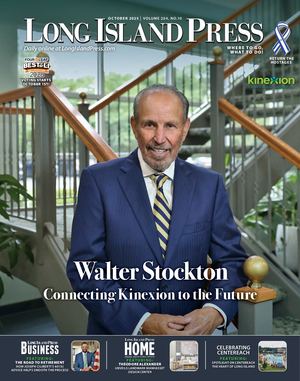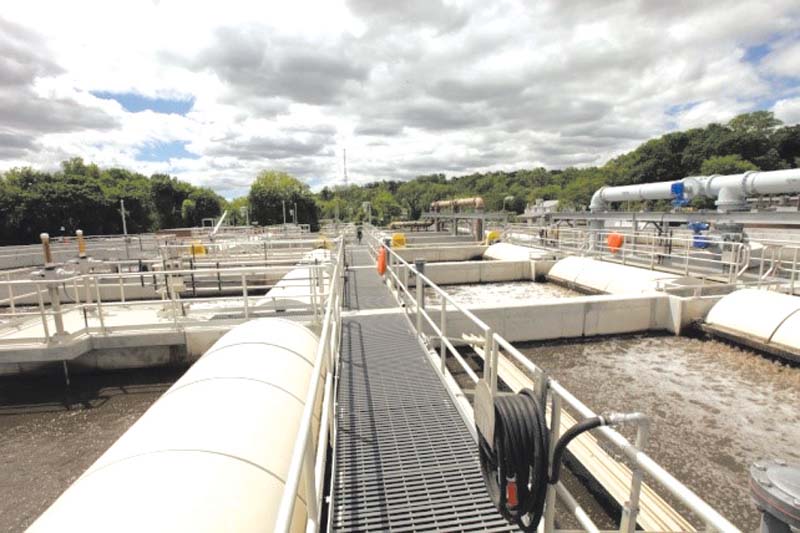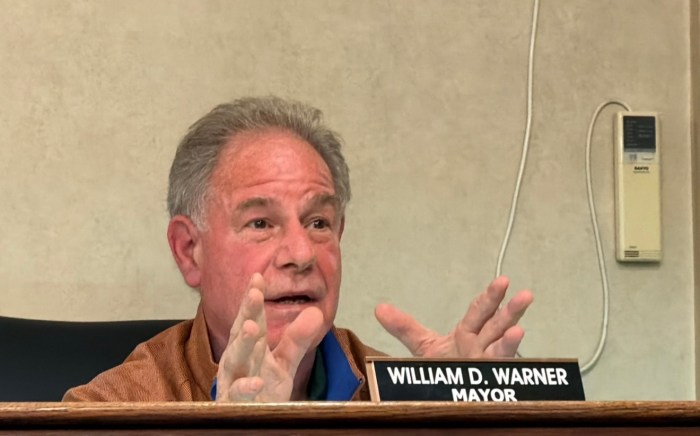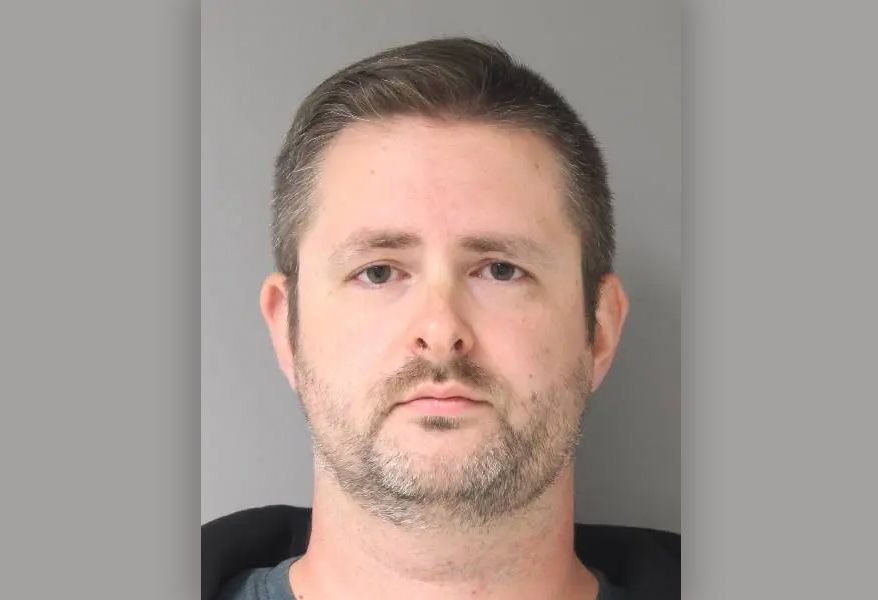
The push for sewers in Manhasset is getting a reboot after being stalled by the ongoing health crisis. The Manhasset Chamber of Commerce held its annual meeting on Jan. 21 on Zoom where it brought together business owners, community leaders and politicians to discuss the Manhasset Sewer Feasibility Study and the next steps.
“[The local businesses] are our social capital,” Chamber of Commerce member Rob Donno said. “The times that they are going through is very difficult and the uncertainty certainly brings stresses to them, to the extent that we reach out to them and try and help this business community is a major plus and both the chamber and the Greater Council have recognized that there are certain problems we can alleviate by putting sewers in Manhasset.”
Sewers in Manhasset has always been a hot-buttoned issue, it was part of the reason some of the five Manhasset villages incorporated in the 20th Century in order for their neighborhood to stay sewer-less. However, the sewer issue has come to a breaking point as more vacant storefronts on Plandome Road pop up, environmental concerns of Manhasset Bay and Long Island’s drinking water have pushed sewers as a potential solution. Village of Flower Hill Mayor Brian Herrington has shown interest and Plandome Heights Mayor Ken Riscica and Plandome Manor Mayor Barbara Donno were on the Zoom call, but this potential project does not concern their areas.
“It almost became a third rail of local politics,” Council of Greater Manhasset Civic Associations President Richard Bentley said. “You don’t bring up sewers in Manhasset because it’s going to make us look more like Great Neck Plaza. Well, I happened to have learned over these few decades of civic service, how well Great Neck does in protecting its own community. I can understand that nobody wants Plandome Road to have these high rise buildings. So at the very onset of this, one of the key factors that these engineers looked at was to be able to right size the pipeline that would prevent that type of high rise development, but satisfied the needs of the community.”
The Great Neck Water Pollution Control District (GNWPCD) finalized their Manhasset Sewer Feasibility Study in January 2020 that could potentially cost $40,523,000 and at a minimum would cost $12,400,000.
The report covered two areas of study, a primary study area that includes the Plandome Road commercial portion north of Northern Boulevard to Vanderbilt Avenue and a secondary study area that includes the residential area west of Plandome Road from Colonial Parkway to the north and Shore Road to the south. These areas currently use septic tanks or cesspools, as does most of the Manhasset area.

In the study, two alternatives are presented regarding the types of sewer and the costs associated with it. If gravity sewers are used for the primary study area, the cost would be $16,822,000 and for the secondary study area it would cost $23,701,000. The second alternative would be to use low-pressure sewers in the study areas. Low-pressure sewers would cost $12,400,000 in the primary study area and $20,300,000 in the secondary study area.
The cost of doing business in Manhasset without sewers is not cheap either. Louie’s Manhasset Restaurant on Plandome Road currently spends $1,103 a week to empty out its five cesspools.
“Cesspools have been very financially costly for us as a business,” Louie’s co-owner Peter Pagonis told the Manhasset Press last year. “The busier we get, the more money we have to payout for cesspools. It’s a real financial burden. It’s messy, it’s nasty and when they overflow, it’s disgusting. For us, it’s another silent partner we have involved in our business.”

Walking down Plandome Road, you can find many empty storefronts and sewers might prove to be the answer in bringing the business district back to life in Manhasset. The feasibility study states there are three major benefits to sewers in the area.
“Sewers in the commercial district will expand, reducing vacant store fronts and adding new businesses and increasing tax revenue to the economy of the area,” the feasibility study states about the economic benefits. “Restaurants will be able to expand seating and new restaurants could relocate to the area. Sewers will also attract higher wastewater generators such as medical offices, salons and laundry operations. This would also eliminate the use of septic systems in businesses rear yards and alley ways thereby increasing space for parking.”
Ed King, a landlord on Plandome Road, spoke at the chamber meeting about the need for sewers.
“I really would like to see my tenants succeed,” King said. “When they can’t because of different factors, such as costs and expenses associated with septic removal, I feel for them and I’d like to see a change. I’ve seen a lot of opportunities to put very nice facilities in our town disappear because of the fact that we don’t have sewers and because of our building department, which is relying upon ability to get approval from various different sources. It’s very hard to get a new business into Manhasset.”
Dead zones have been found in Manhasset Bay, caused by nitrogen and coliforms from fecal matter. According to the feasibility study, nitrogen discharged to Manhasset Bay will be reduced if the study area is sewered; improving local water quality.
“We’re in unison that this is something we need to advance,” Bentley said. “We can’t be tree huggers at the same time that we’re cesspool lovers. Whatever you put in the ground today, 50 years later is going to wind up in your drinking water. We’ve got to protect Manhasset and all of Long Island for generations to come.”
Bentley and others pushing the sewers in Manhasset believe that the stigma of sewers in Manhasset can be alleviated if they educate their community. They plan to do so over the next three months with a series of Zoom sessions similar to this one.
“I want to make sure that we get the education out to all of our residents over a series of sessions like this to make sure that our message is clear to the residents that we’re not changing the face of Manhasset,” Bentley explained. “We’re changing the infrastructure of Manhasset to support the things that we want to see.”



































